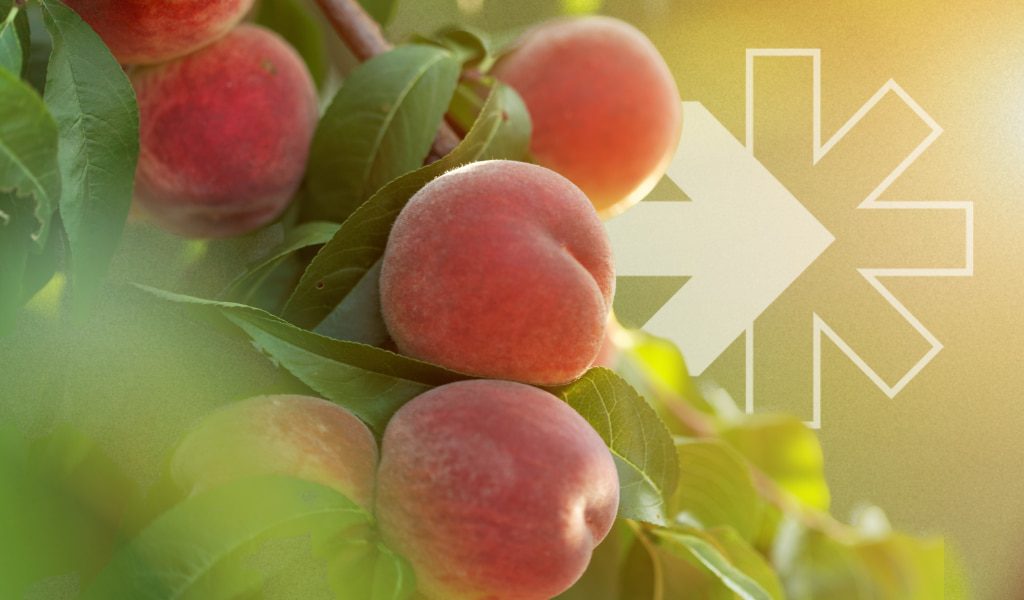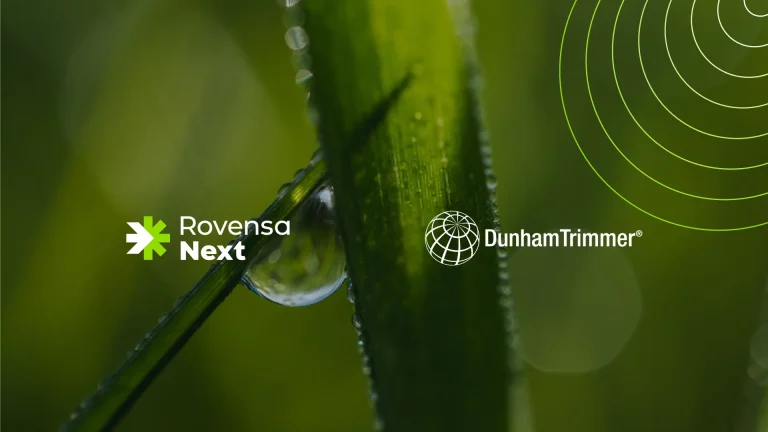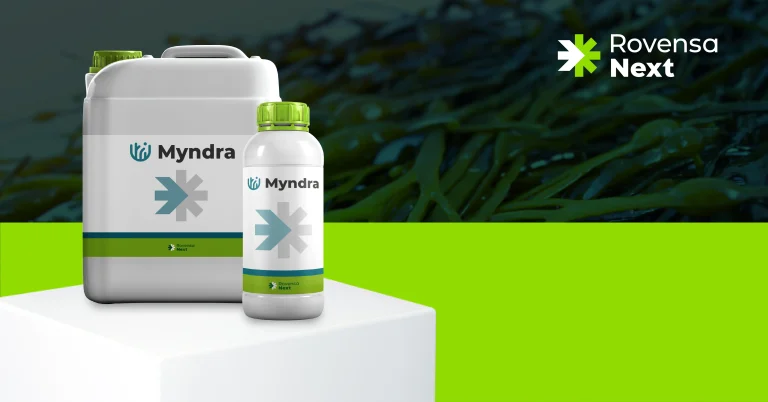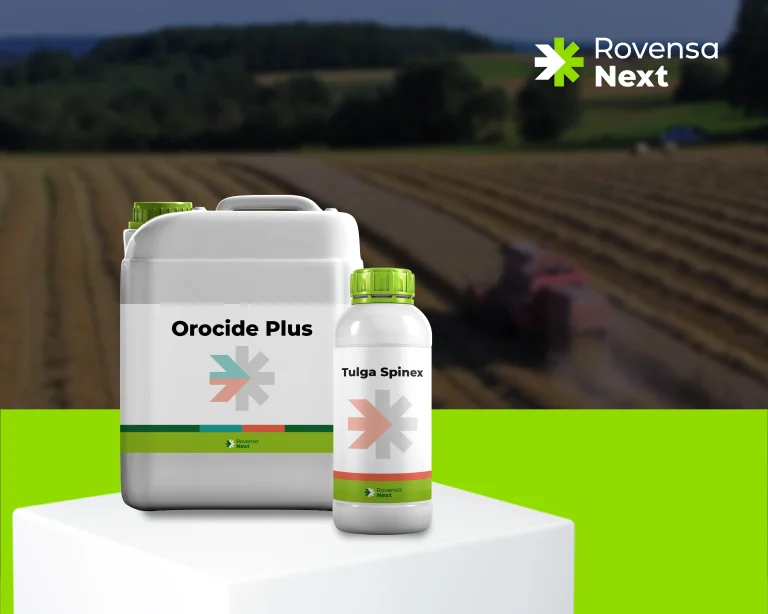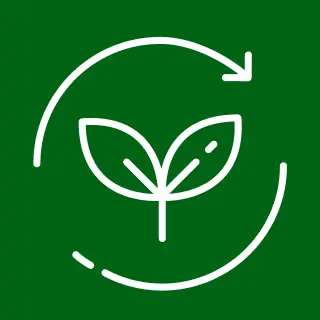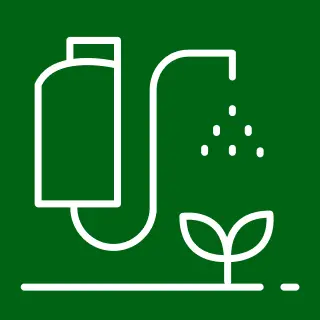While the most visible symptoms of brown rot are observed toward the end of the production cycle, Monilinia infection generally begins in spring, especially during sprouting and periods of high humidity. The period of maximum susceptibility occurs during flowering and just before fruit ripening.
What causes Monilinia?
- Monilinia laxa and Monilinia fructicola are the primary fungal species responsible for the disease. They can directly infect flowers. Meanwhile, Monilinia fructigena usually sporulates on fallen fruits and opportunistically attacks fruits later in the season when they are fully ripe.
- Monilinia fructigena and Monilinia fructicola are economically significant due to their ability to cause substantial damage to fruits. The fungi penetrate through various pathways, including the cuticle, stomata, and wounds, as well as around the base of trichomes (hair-like structures on the fruit surface).
- Monilinia laxa commonly colonizes flowers, but rarely causes direct infection. Instead, it spreads to branches and shoots, leading to gummy exudates and the development of cankers.
What are the Symptoms of Monilinia Infection?
- Dried flowers: Flowers serve as reservoirs for fungal inoculum during spring. Under favorable conditions (high humidity and optimal temperatures), the spores infect the stigma, stamens, petals, and sepals, leading to the desiccation of flowers, which then fall off the tree.
- Dried and brown branches: The fungus can spread from infected flowers to the bark of young branches, resulting in brown lesions. This leads to the collapse and desiccation of shoots and leaves.
- Cankers and exudates: Cankers often form at points where the tree has been damaged by cold or chemical treatments. The fungus invades the internal tissues, causing cankers to ooze gum. If not pruned out, these cankers persist and become permanent sources of fungal inoculum.
- Fruit rot: Green fruits are not highly susceptible to infection, but as fruits ripen and sugar content increases, the fungus spreads from previously infected flowers or cankers. This results in characteristic brown rot lesions, which expand and cause the fruit to rot. Fruits either fall prematurely or mummify on the tree.
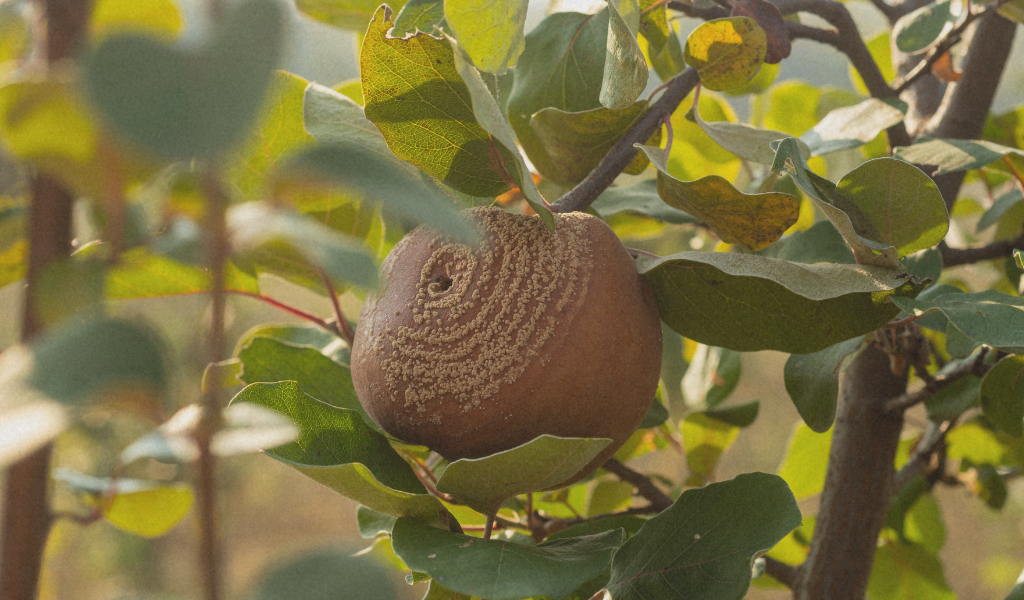
How to manage Monilinia?
Effective management of Monilinia involves a combination of preventive and corrective practices. By following these strategies, you can reduce the risk of infection and minimize the impact on your harvest:
- Avoid excessive vegetation: Thin trees to promote air circulation and reduce humidity within the canopy.
- Perform careful green pruning: Prune during the growing season to ensure proper airflow and reduce the risk of infection.
- Remove and destroy infected material: At the end of winter, remove and burn any mummified fruits and infected branches showing signs of cankers or desiccation to eliminate fungal reservoirs.
- Apply nitrogen fertilizer judiciously: Avoid over-application of nitrogen fertilizers, as excessive vegetative growth can create conditions conducive to fungal infection.
- Regulate watering: Reduce irrigation before harvest to limit moisture levels that could encourage fungal growth.
- Implement early fungicidal treatments: Apply biofungicides as early as possible, especially during flowering, when the fungus is most likely to enter and cause infection. Additionally, using Rovensa Next biosolutions closer to harvest can help manage measurable residues on fruit, supporting a low to no detectable residue production target.
If you are looking for effective ways to tackle this issue, we invite you to contact your local Rovensa Next team. Our team is prepared to assist you with customized solutions to protect your crops from Monilinia and help ensure a productive, healthy harvest.
Partnering with Rovensa Next for biosolutions
In today’s ever-evolving agricultural landscape, Rovensa Next emerges as a reliable partner, offering a comprehensive portfolio of innovative solutions to address crop diseases and a myriad of other agronomical challenges backed by a team of experts dedicated to supporting growers’ needs. Rovensa Next’s innovative products and personalized recommendations help farmers achieve sustainable and profitable outcomes in challenging agricultural environments.
Our commitment extends beyond mere problem-solving; we also provide cutting-edge solutions in Biocontrol, Bionutrition, and Adjuvants, assisting farmers in tackling their real day-to-day sustainability challenges. From seed to shelf, we accompany farmers every step of the way, enhancing performance, improving quality, and leading the change towards a sustainable future for agriculture.
By partnering with Rovensa Next and leveraging advanced technologies, farmers can enhance soil health, optimize crop performance, and ensure long-term profitability in the face of abiotic stress.

